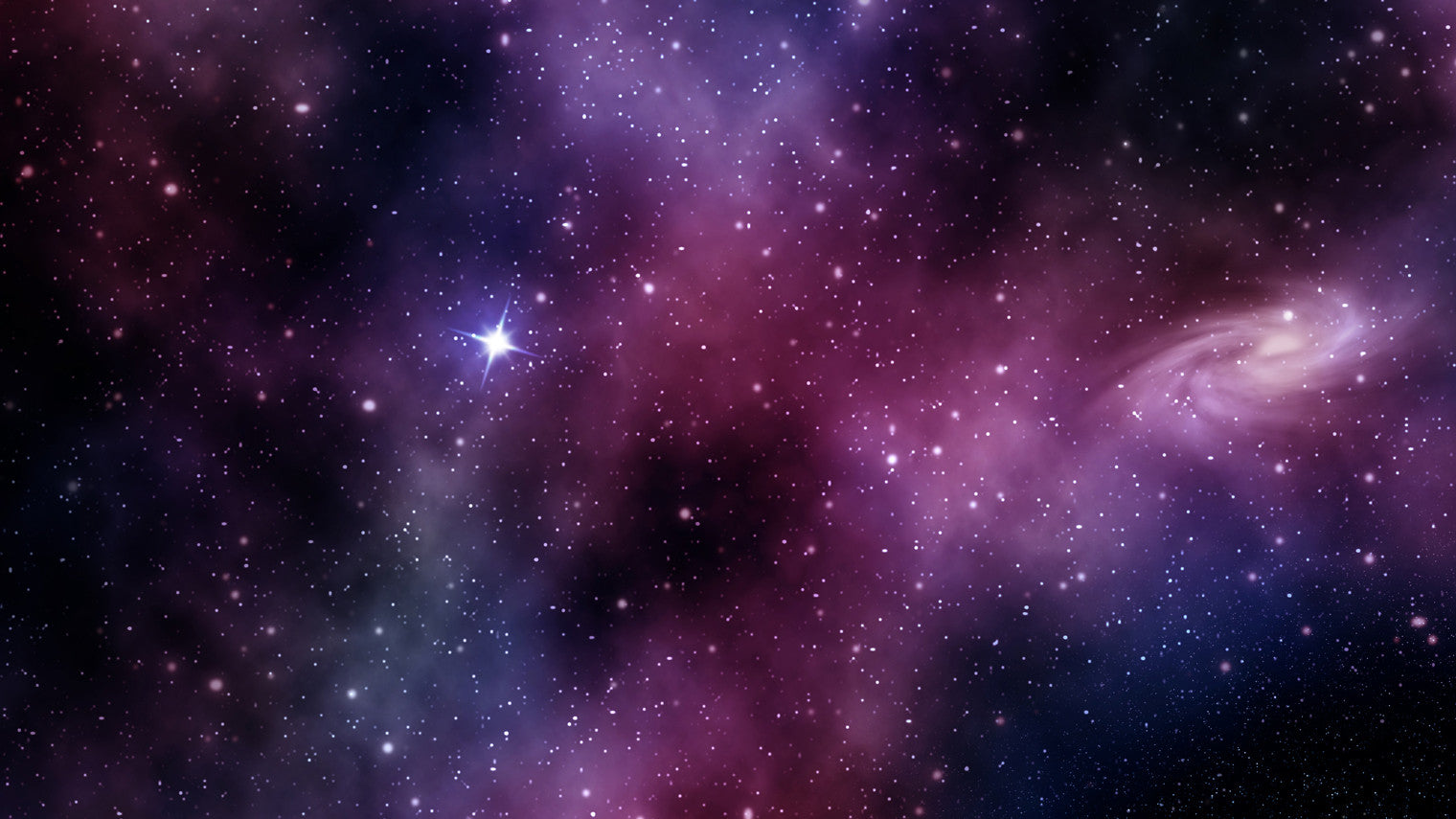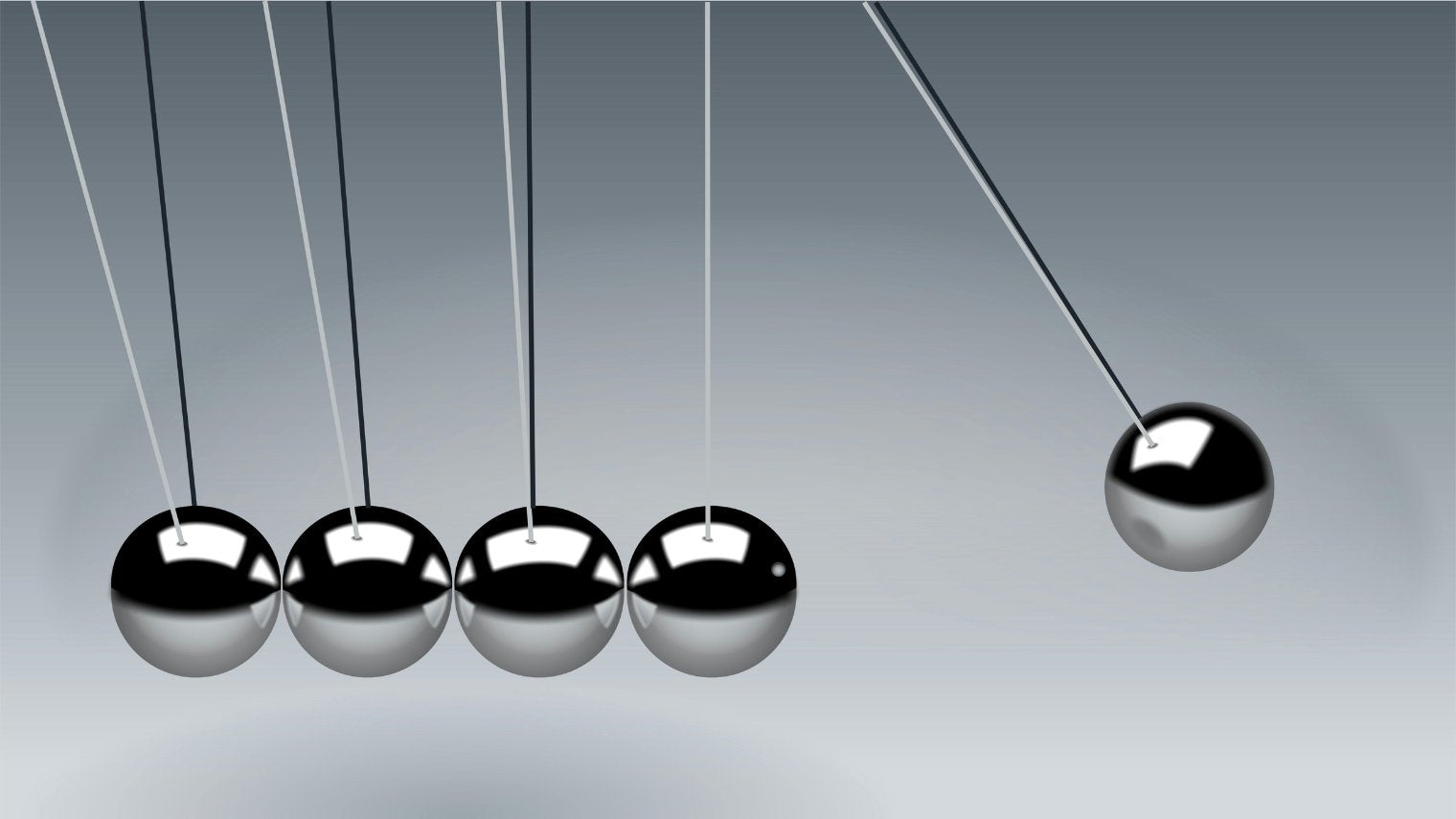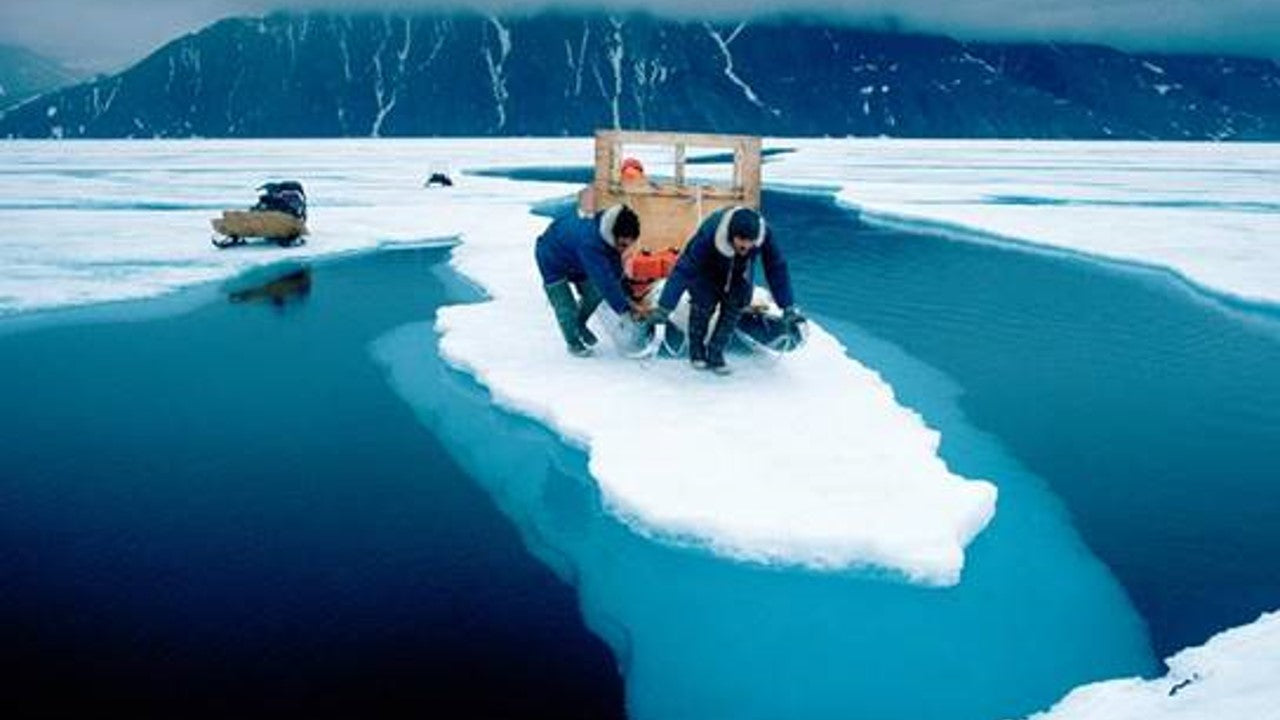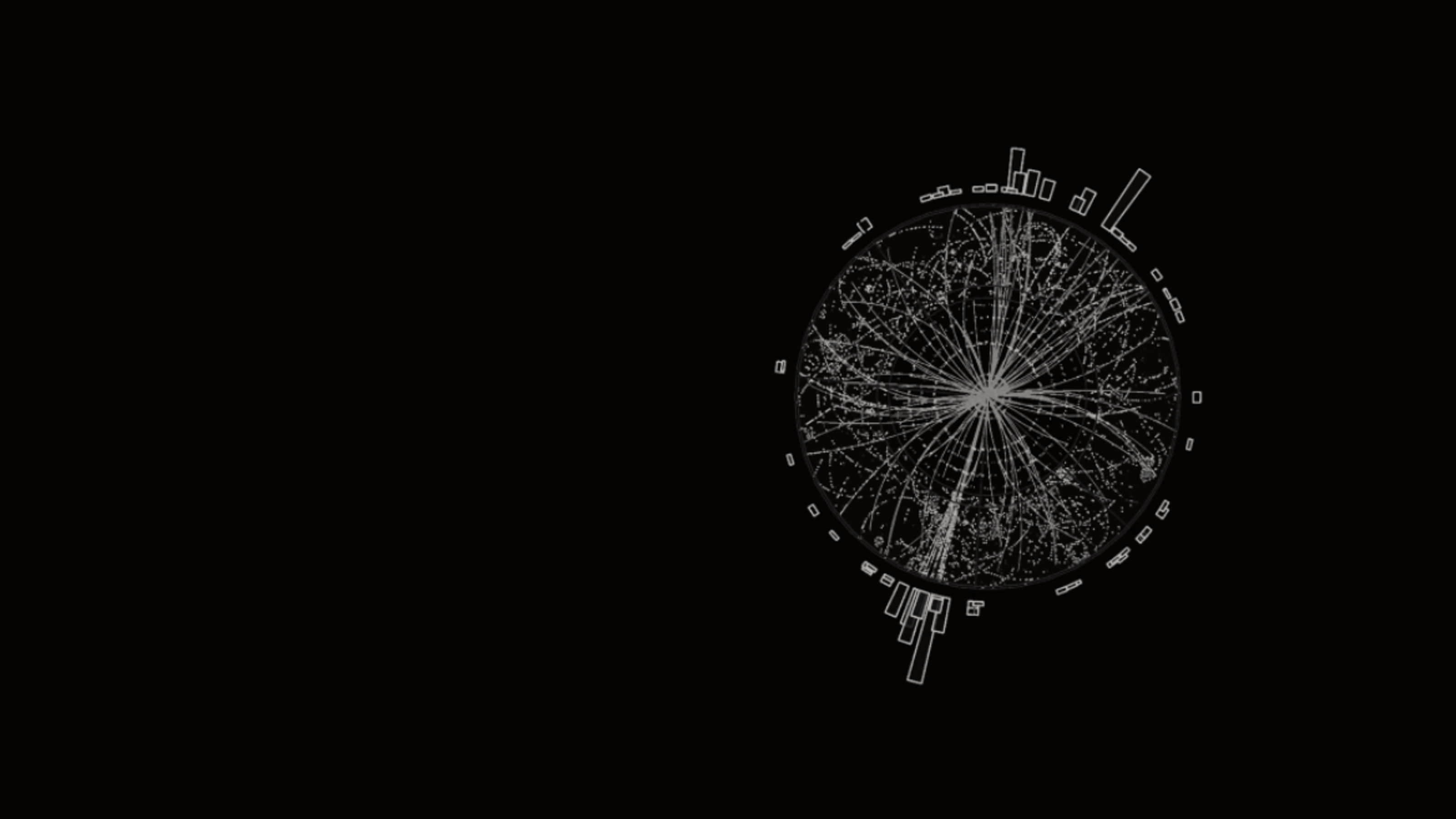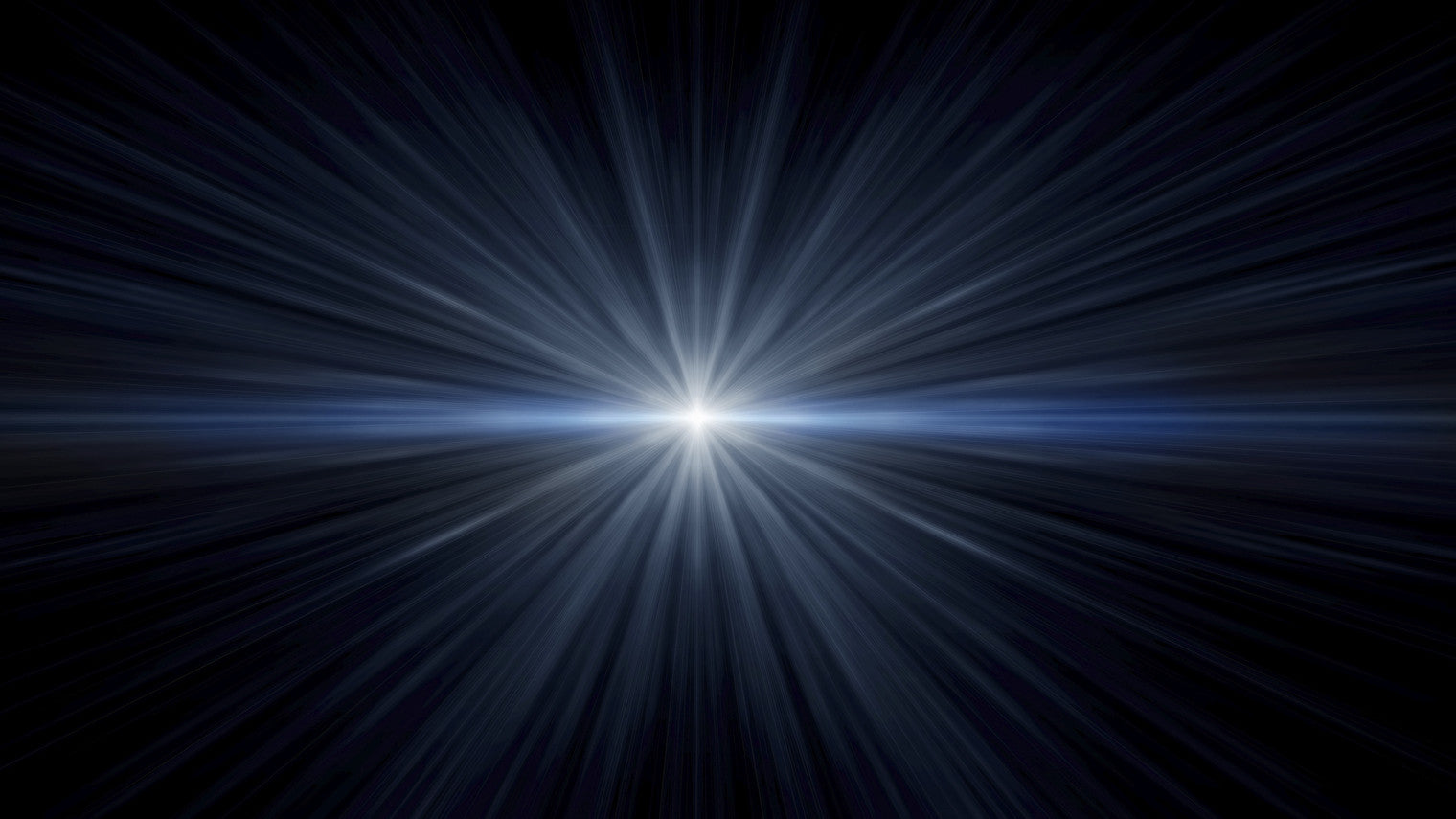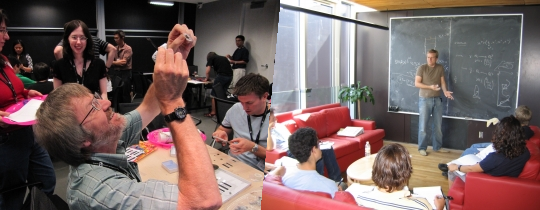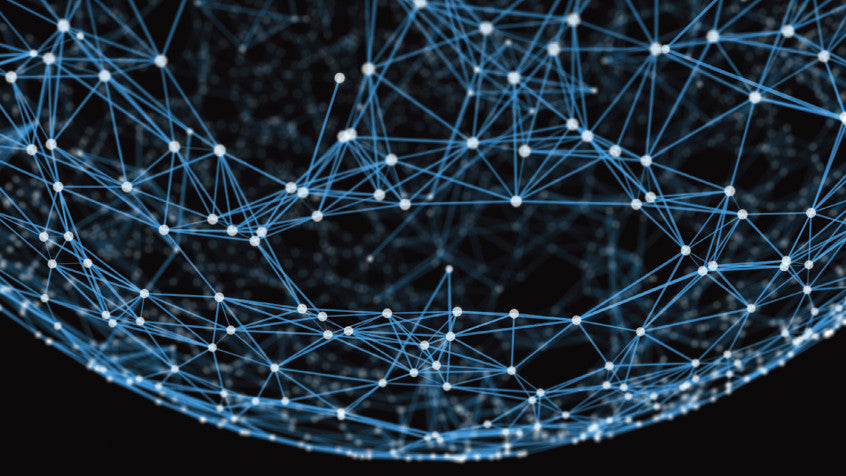
The Process of Science
New Download Options:
-
With Video includes our full videos
(185 MB, MOV & MP4 files) - With YouTube Video link includes a link to the same videos on YouTube

The activities in this resource allow students to practise being scientists and help them develop their curiosity, creativity, and communication and collaboration skills. The activities can be used across many age levels and in any science class.
Making Models

This activity demonstrates the scientific process of making models. Students pull on the cords of the black box and then develop a model to explain their observations. Multiple models can explain the observations. Teachers never divulge what is really inside, because in science we can never simply find out the right answer.
Why Is It Like That?
Students look at images of curious objects and animals. They respond to a Frayer placemat that organizes their ideas and helps them develop further questions. This activity is easily adaptable to different topics.
What Do You See?

Students are first asked to list observations of an image of footprints. Then, they make inferences, and finally they develop their own story to explain what they see. This activity highlights how many different scenarios might be possible based on the same observations.
Teacher Demonstrations

Short demonstrations are shared. In one surprising demonstration, the teacher bites into a candle. It is then revealed that the candle is not what it seems. This activity demonstrates how sometimes we can be very sure of our inferences such that we can mistake them for observations.
Science in the News

In this collaborative literacy activity, students trade and sort clues to solve a science problem. Several different problems are provided.
Thinking Deeper

Many advances in science happen when someone asks questions that push past an apparently commonsense answer. In short videos, Alice and Bob explore seemingly simple questions like “Why is the sky dark at night?” As they discuss the possibilities, they realize that the answer reveals a powerful idea about our universe.


